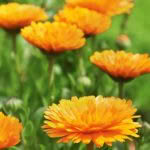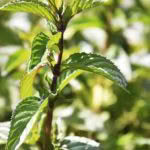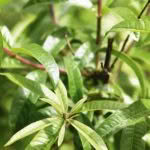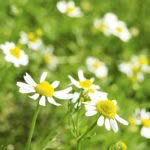How to make a homemade tea blend from herbs from the garden
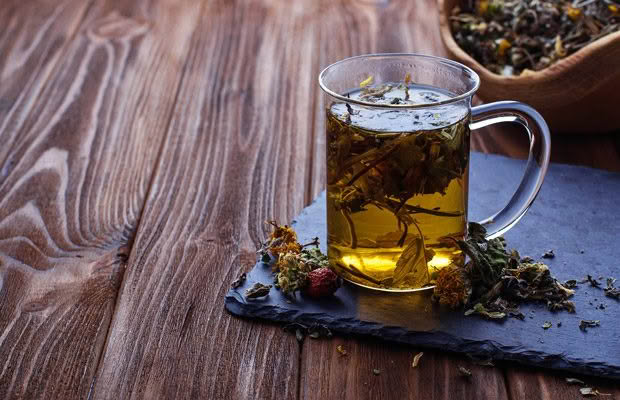
Homemade herbal tea is many brews above what you can buy in a packet.
Words: Jenny Somervell
Who: Cathy Bouma
Where: Tuahiwi, 20 minutes north of Christchurch
What: Organic herb grower
A lot of people have abandoned packets of herbal tea in their kitchen. My two year old chamomile tea looks (and tastes) like mouldy hay. The other ones stuffed in a cupboard range from unmemorable to unpleasant. For me, they’re all easily surpassed by a tasty brew of Earl Grey or, better yet, coffee.
That I prefer a good cup of coffee may seem strange, considering my background as a commercial herb grower, and the extensive home herb garden I have today. I love to use them in cooking, but it took a visit to herb grower Cathy Bouma to find out what makes a great morning cuppa.
She runs workshops on her North Canterbury block. The first thing she does is offer you some of her tea. One is a peppermint-lemon balm mix, the other a spiced tulsi that tastes like chai latte without the milk.
“It’s perfect for cold autumn mornings and evenings,” says Cathy. The spiced tulsi is Cathy’s favourite, but she loves them all.
“Blending your own herbal teas from your garden is so fulfilling.”
WHY HOMEGROWN HERBS MAKE THE BEST TEA
The biggest advantage of homegrown herbs is freshness. Cathy passes around her chamomile tea, a herb a lot of people find disgusting.
“Smell this, it’s lovely. It’s so different from what you’ve probably experienced. Not at all like the stuff you get in the shop.”
She’s right. Her tea has a grassy sweetness, something between apples and freshly cut hay, not at all like the musty tea bags I have, which are going into the compost heap as soon as I get home.
- Calendula officinalis.
- Peppermint.
- Lemon verbena.
- German chamomile.
“The reason I grow herbs for tea is I want the best herbal tea,” says Cathy. “I can grow them in the best conditions – obviously organic – with no sprays. I harvest them at their peak and dry them as efficiently as I can.”
The delicate art of tea blending
Creating a good herbal tea is an art. “The knack to making a good tea is balancing the herbs, which may be good for you, but taste disgusting, with something that will make them pop a bit,” says Cathy. “It’s easy to overdo it with too many conflicting things. Some herbs don’t need much to get that ‘oomph’, like fennel seed and peppermint. Herbs with less flavour, like marshmallow and skullcap, are useful to blend with them.”
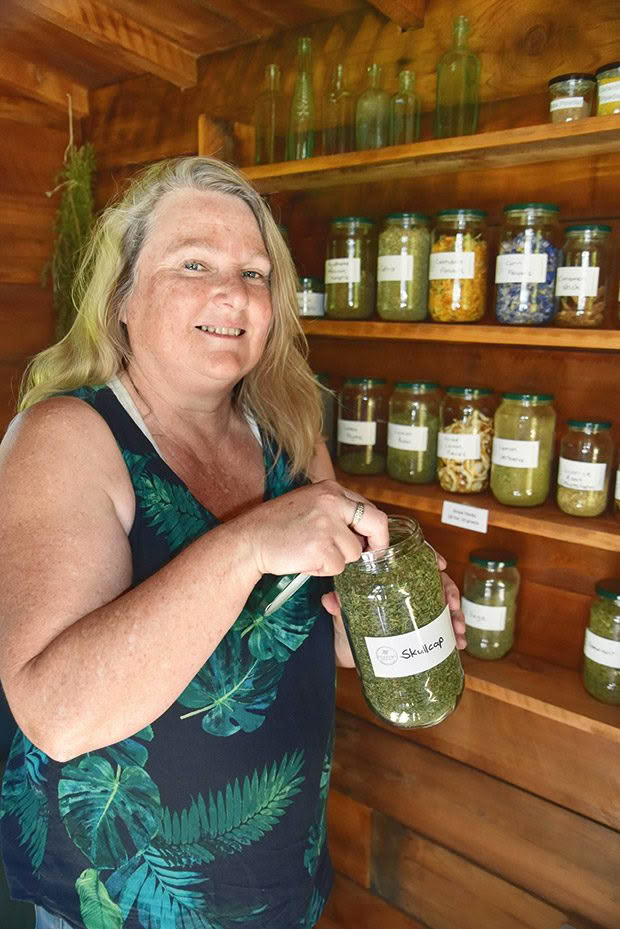
Cathy with dried skullcap, another favourite. Photo: Jenny Somervell.
Cathy’s garden is full of possibilities. She encourages students to wander around, sniffing, tasting and picking what they like. I love the liquorice herbs, so I go for anise hyssop, and choose skullcap, peppermint, and lemon balm to go with it.
The fresh sprigs go straight into a teapot. You pour over just-boiled water, leave it for a few minutes to infuse, then sip. My chosen herbs all have calming properties, however the process of picking them, making the tea, and watching it infuse is relaxing in itself.
Tips for harvest time
Every plant has an optimum harvest time. Generally, says Cathy, it’s not when you think. “It’s not the lush growth, but just before it’s going to flower, that’s when the best (therapeutic properties) are coming through.”
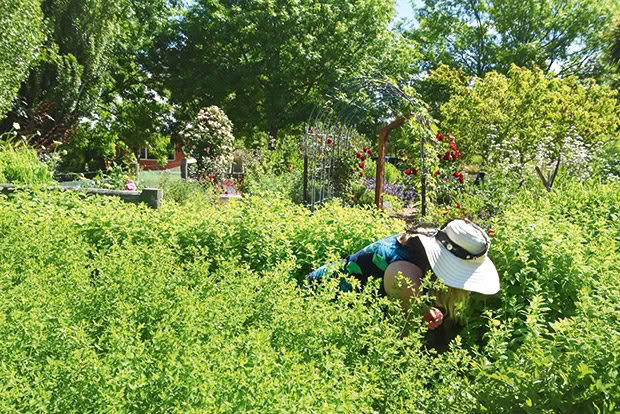
Cathy lost in her lemon balm bed. Photo: Jenny Somervell.
We learn cupfuls of useful tips:
• hops need to be touch-dry;
• elderberries don’t all ripen on the branch at the same time, so Cathy waits until most are ripe and then picks the branch;
• the best picking time is when it’s hot and dry, usually mid-morning to early afternoon.
“There’s no point in harvesting in the wet because they’re never going to dry.”
Drying
Fresh herb tea is delicious, but by drying the herbs, you can keep drinking it for months. Cathy dries her herbs on racks in a solar drying shed. The sun heats the shed; fans inside it, driven by solar panels, circulate the heat. However, it’s sun-dependent, which can be frustrating, and drying can be a complicated process, whether it’s good weather or bad.
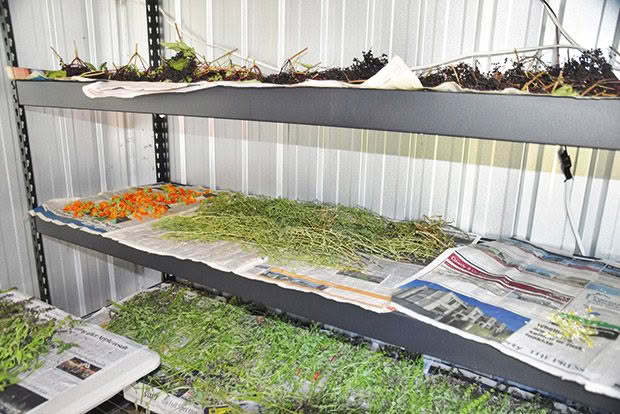
Herbs turning crispy in Cathy’s solar drying shed. Photo: Jenny Somervell.
“You have to really watch them,” says Cathy. “If it’s too hot, then water-dense plants like mints and lemon balm can go brown. If it’s not hot enough, plants can take too long to dry and can go mouldy.”
During the final hours of the workshop, we used a simple blending guide (see below) to create teas. I made:
• a digestive tea (10g tulsi, 10g peppermint, 7g liquorice);
• a spicy tea (10g tulsi, 3 cardamom pods, 2 star anise, 1 cinnamon stick);
• an uplifting tea (7g tulsi, 7g lemon balm, 7g St John’s wort).
I offered my experimental teas to visitors when I got home. “This is really nice tea!” they told me. “Where did you buy it?”
Cathy’s tips for drying herbs
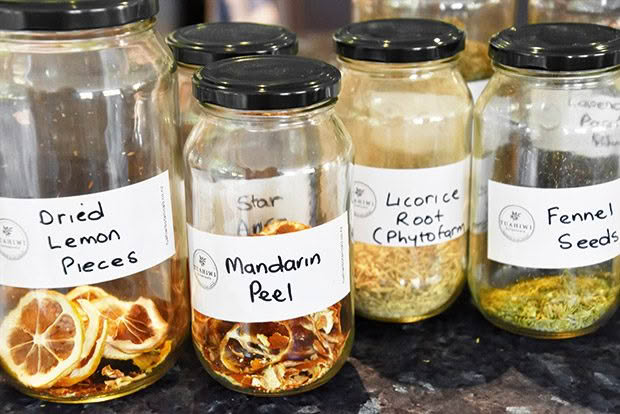
Photo: Jenny Somervell.
• hang bunches in a hot water cupboard, or anywhere warm and dark;
• dark is best, as plants retain more of their active ingredients and flavour;
• after drying, plants should be quite crisp to the touch;
• strip leaves away from the stems using your hands or toss them in a big garden sieve;
• use leaves whole, or you can make a finer mix by whizzing them in a food processor.
7 OF CATHY’S FAVOURITE TEA HERBS
1. Chamomile (Matricaria chamomilla, Matricaria recutita)
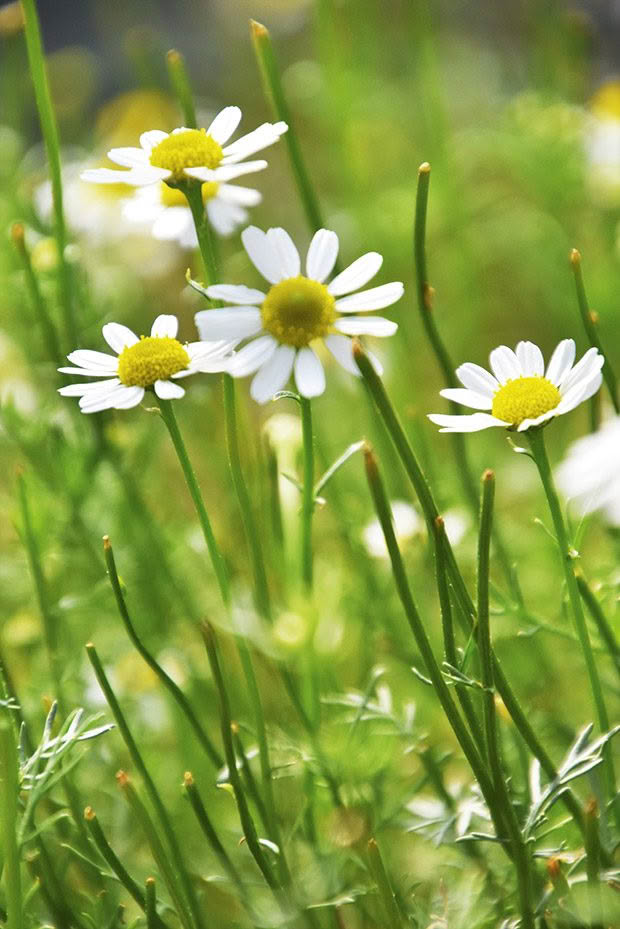
Type: illness, sleep
Effects: calming for nervous and digestive systems, reduces the effect of stress, promotes peaceful sleep
German chamomile can be easily confused with other varieties. It’s seed-grown with fine, soft, feathery foliage. The many daisies have a ring of white petals around a golden, mounded centre. It has a fantastic smell when freshly picked.
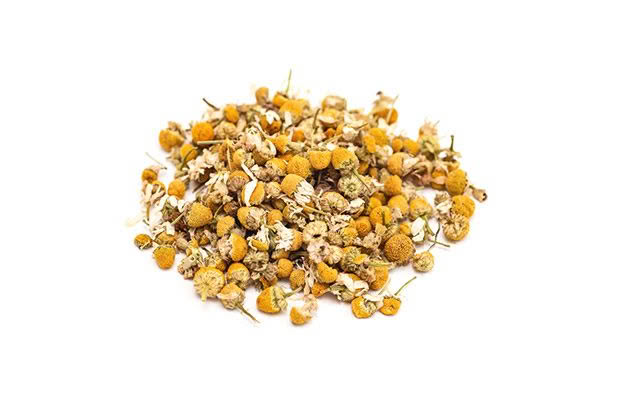
Wild chamomile looks similar, but it won’t have the same scent. The perennial Roman chamomile (Anthemis nobile), often used for chamomile lawns, has a stronger, less grassy smell, and a bigger flower.
2. Skullcap (Scutellaria lateriflora)
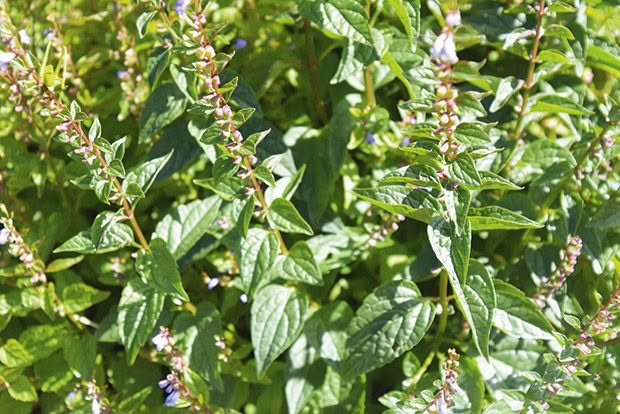
Type: calming
Effects: relaxing and calming for the agitated mind or ‘busy brain’
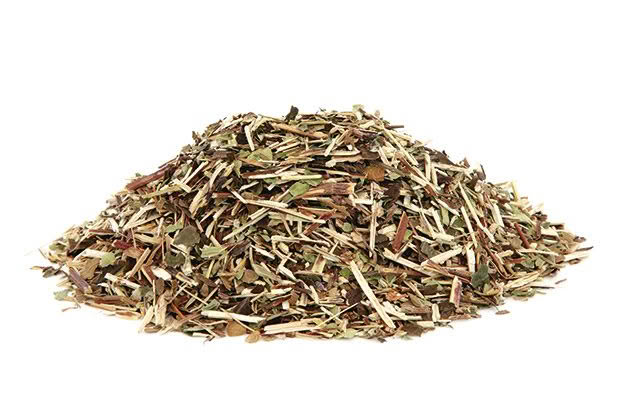
This North American member of the mint family is Cathy’s ‘go-to’ herb for stress teas. It can be easily mixed with other herbs as it has little smell or taste.
Cathy also adds it to her sleep teas.
3. Liquorice (Glycyrrhiza glabra)
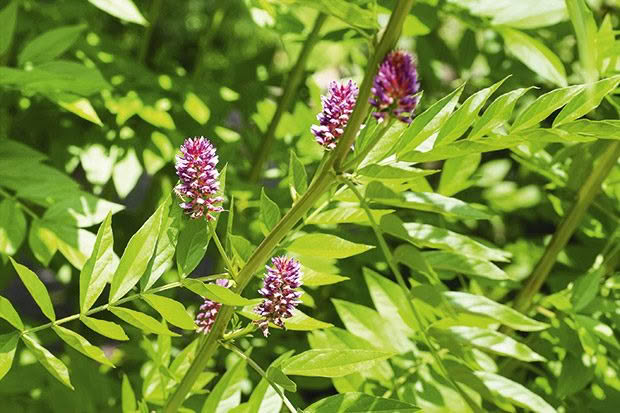
Type: digestive, illness
Effects: good for digestion, soothing
Liquorice is sweet, rich, and adds depth to a tea. It packs a punch – you don’t need much of it – and it’s a lovely winter tea, calming on the throat.
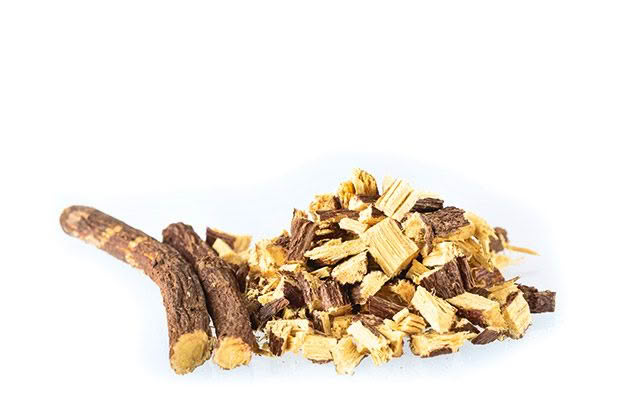
The part you harvest is the spreading, woody rhizome. It needs to grow for around three years before it’s ready.
4. Peppermint (Mentha piperita)
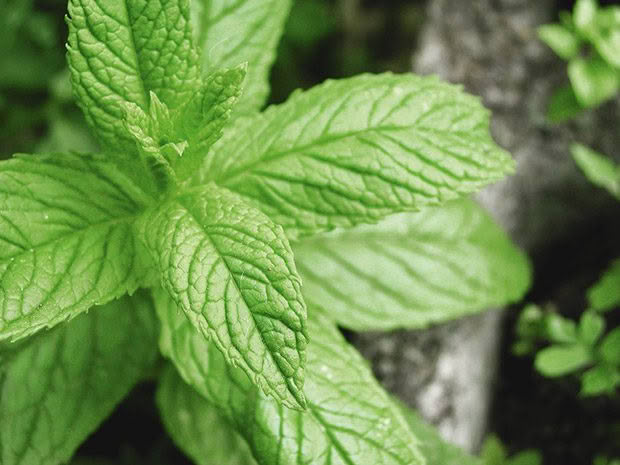
Type: digestive
Effects: cooling to the body, uplifting to the nervous system
Makes an aromatic flavourful tea, great for the digestive system.
5. Elderberry (Sambucus nigra)
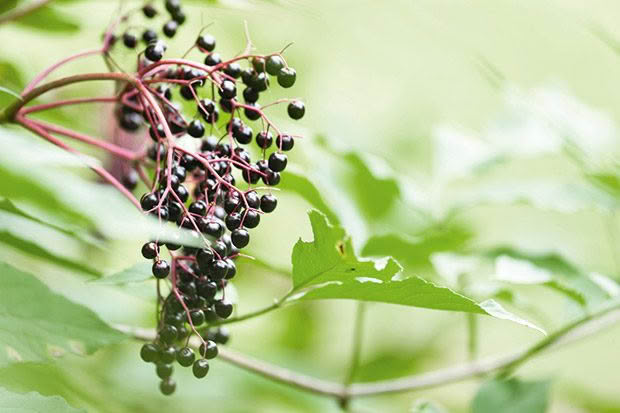
Type: illness
Effects: anti-viral
Elderberries are high in vitamin C and stimulate the immune system. They’re great for colds, flu, and sore throats, especially when combined with peppermint and yarrow.
The main challenge in growing the strong-flavoured delicious berries is beating the birds. Elderberry flowers (elderflowers) have the same properties as the berries.
6. Tulsi (sacred or holy basil, Ocimum sanctum)
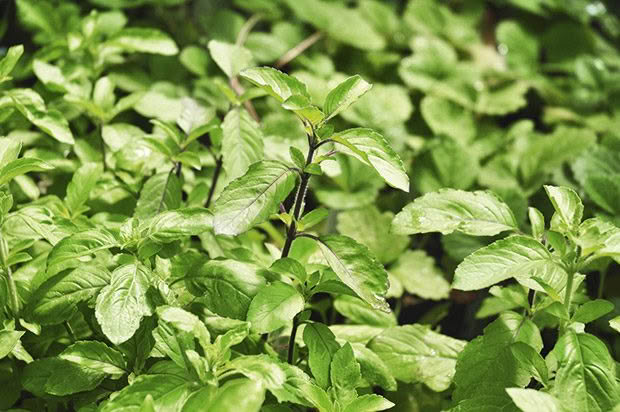
Type: stress
Effects: builds energy, uplifts the spirit
In the herb world, tulsi is an ‘adaptogen’, helping the body regulate its stress response. Its high levels of eugenol give it a subtle, spicy taste, which Cathy enhances with star anise, cardamom pods, and cinnamon bark.
7. Lemon balm (Melissa officinalis)

Type: illness, stress
Effects: anti-microbial
Lemon balm is used to relieve tension and anxiety, to help with poor sleep, and it’s anti-microbial. It’s great to have in the garden to pick for fresh tea. Watch where you plant it as similar to mint, it likes to spread.
CATHY’S HERBAL TEA BLENDING GUIDE
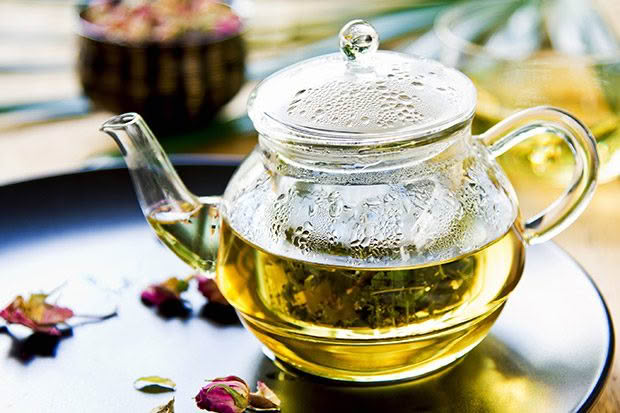
There are endless combinations of leaves, berries, seeds, fruits, flowers, and roots you can use to make a herbal tea, depending on the flavours you like and the health benefits of the different ingredients.
How to make a dried tea blend
You make a tea blend by weight:
• 3 parts base ingredients
• 1-2 parts supporting ingredients
• ¼ to 1 part accent ingredients
Many herbs can be the base ingredient of one tea, or the accent of another, depending on the mix. However, some of the really strong herbs work best as an accent only. For example, a small amount of fennel seeds can make a tea taste great; a large amount makes it unpalatable.
Base herbs
When you make a herbal tea, you want to think of its end use, eg to help with sleep, then choose the best base herb or herbs that offer that benefit. Don’t use more than two.
Good base herbs: lemon balm, peppermint, tulsi, chamomile, St John’s wort.
Supporting ingredients
These are herbs that complement the base herb/herbs. These may tone down a sharp flavour or offer a health benefit.
Good supporting herbs: thyme, spearmint, valerian, liquorice, sage, rosemary.
Accent ingredients
The smallest amount, similar to a garnish, offering something such as heat or spice.
Good accent herbs: lavender, spices (eg, cinnamon, cardamom, ginger), citrus peel, fennel seed.
5 GOOD TEA BLENDS
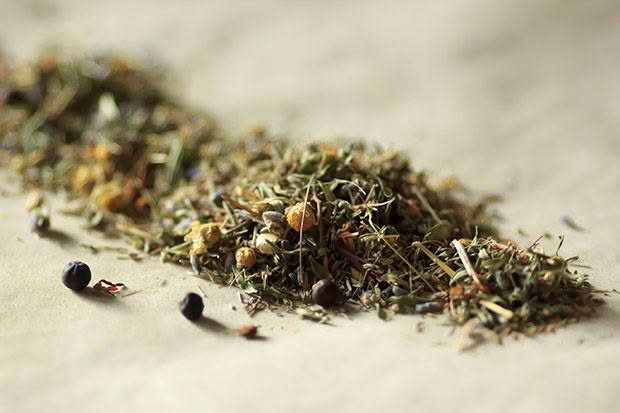
Digestive mix: fennel seed, peppermint, lemon balm, marshmallow, liquorice root
Stress mix: skullcap, St John’s wort, lemon balm, liquorice
Uplifting mix: lemon balm, lemon verbena, St John’s wort
Sleep mix: catnip, chamomile, hops, valerian (if you can handle the taste)
Illness mix: elderberries, elderflowers, marshmallow leaf, liquorice, sage.
Love this story? Subscribe now!
 This article first appeared in NZ Life & Leisure Magazine.
This article first appeared in NZ Life & Leisure Magazine.
